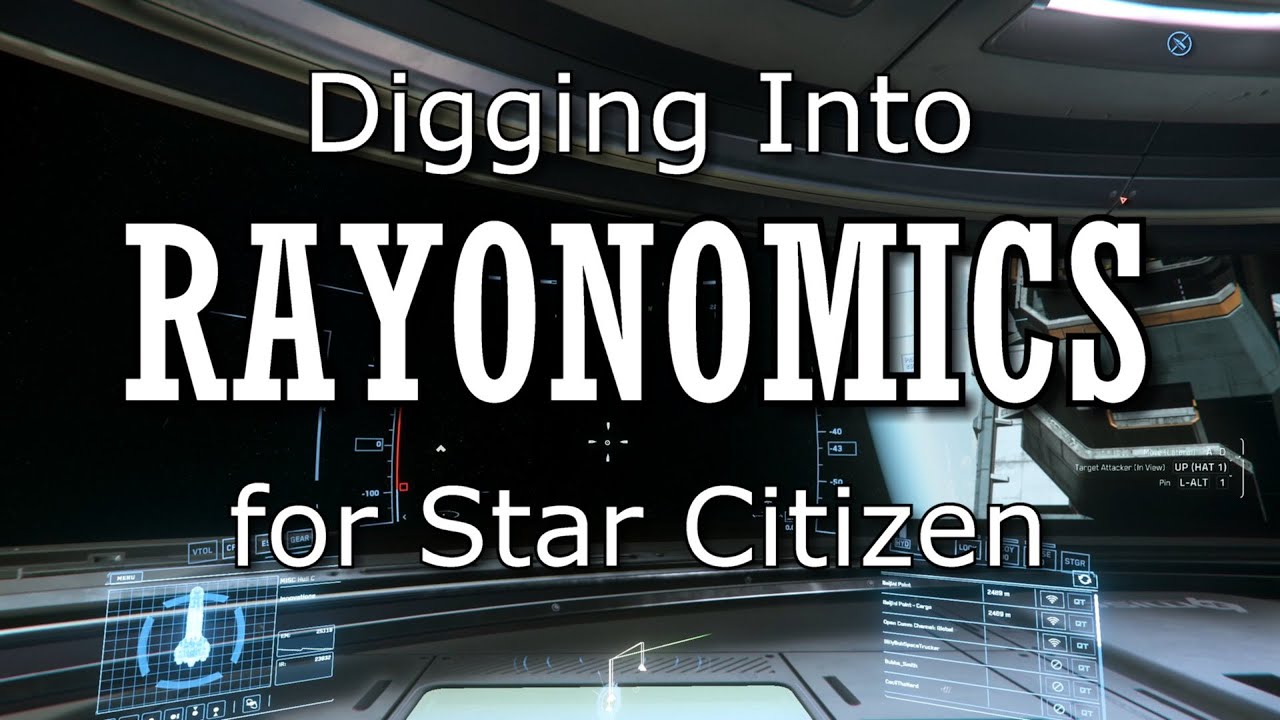"I get into the details of my Rayonomics Thinking about Star Citizen
Introduction
Two Simplified Assumptions
What makes a Dynamic Economy Dynamic
Astroeconomics
Global, not Shard
Types of Goods and Locations
Production Formulas
Inventory Cycles
Cargo Mission Forms"
In the video sponsored by Southern New Hampshire University, Daniel Raymond discusses his concerns about the economic system in Star Citizen and proposes a simplified system called “Rayonomics” to simulate decision-making of companies rather than individual pilots. He emphasizes the importance of understanding the forces that drive price fluctuations in the game, including factors like astroeconomics which mimic real-world dynamics such as planetary movement affecting trade and travel.
Raymond explains that under Rayonomics, goods are categorized into commodities, components, and completed goods, while locations are classified into production, fabrication, assembly, consumption, and distribution centers. Each location has formulas for production and consumption, with inventory levels being managed on a daily basis to adjust pricing and production accordingly. The system operates at a global level to prevent market manipulation across different shards.
The process involves production centers creating commodities, fabrication centers turning them into components, and assembly centers producing completed goods. Consumption centers represent buyers of completed goods, while distribution centers aggregate inventory and facilitate trade between different locations. Orbital cargo decks and cargo stations at jump points serve as intermediaries for goods distribution at a larger scale.
Raymond details the inventory cycle within Rayonomics, where locations adjust production and pricing based on inventory levels to maintain a balance between supply and demand. Cargo missions are generated based on these calculations, with haulers able to accept fractional parts of missions. The payment for missions is determined by factors like distance, danger, rush bonuses, and reputation requirements for certain types of goods.
In conclusion, Rayonomics aims to create a dynamic economy in Star Citizen by simulating realistic economic interactions between different locations and goods. The system incorporates astroeconomics and global calculations to ensure a balanced and engaging gameplay experience for players. Raymond encourages questions and engagement from viewers while providing updates on ongoing giveaways for subscribers and members of his channel.
